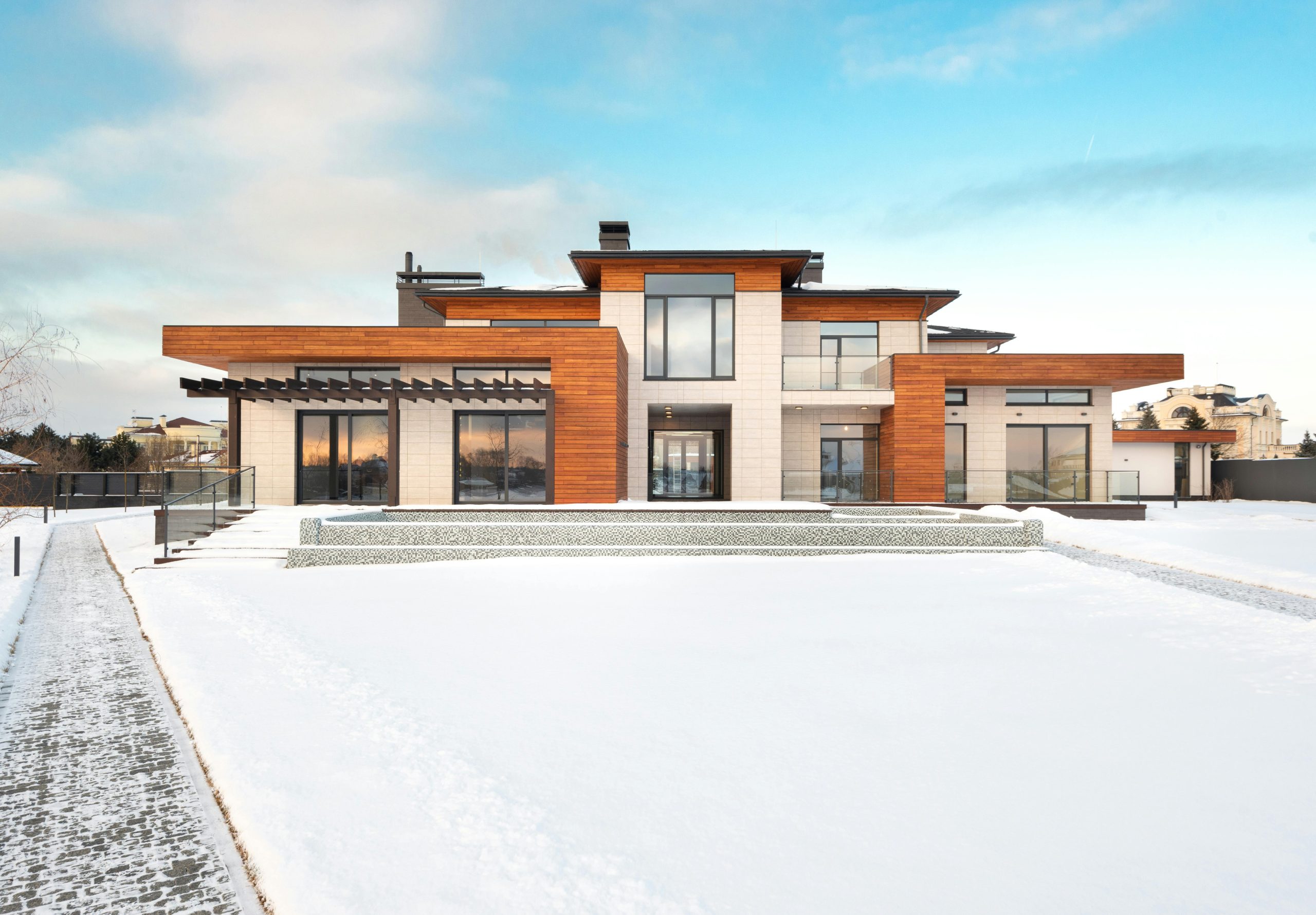When buying a home, choosing the right neighborhood is just as important as selecting the house itself. The neighborhood you pick will impact your lifestyle, convenience, safety, and even your property’s future value. Here’s a complete guide to finding the perfect area for your next home, ensuring a smart investment and a comfortable living environment.
1. Prioritize Location and Accessibility
Location is everything in real estate. Consider how close the neighborhood is to your workplace, schools, grocery stores, and healthcare facilities. Also, evaluate the ease of access to public transportation, highways, and major roads. A well-connected location increases the property value and ensures convenience for daily commuting.
2. Evaluate Safety and Crime Rates
Safety should be a top priority when choosing a neighborhood. Research crime statistics through local police reports, neighborhood forums, and crime mapping websites. Speak with potential neighbors to get firsthand insights into safety concerns.
3. Check School Ratings and Education Facilities
Even if you don’t have children, a neighborhood with highly-rated schools can increase the value of your home. Research local schools, colleges, and daycare centers to determine the quality of education in the area.
4. Explore the Local Amenities and Lifestyle
Look for neighborhoods with parks, restaurants, shopping centers, entertainment options, and other lifestyle amenities. Consider what’s important to you, whether it’s proximity to nature, a bustling nightlife, or family-friendly activities.
5. Consider Property Value and Future Growth
A good neighborhood should have a history of property value appreciation. Look into market trends, future development plans, and real estate forecasts. A growing neighborhood will yield better returns if you decide to sell in the future.
6. Assess Traffic and Noise Levels
Visit the neighborhood at different times of the day to check traffic congestion, noise pollution, and overall environment. A quiet, low-traffic area is often preferred for residential living.
7. Research Community and Neighborhood Vibe
Every neighborhood has its unique vibe, whether it’s urban, suburban, or rural. Walk around, visit local shops, and talk to residents to get a feel for the community culture. Social media groups and online forums can also provide valuable insights.
8. Examine Property Taxes and Cost of Living
Different areas have varying tax rates and living costs. Research local property taxes, homeowners association (HOA) fees, and utility expenses to ensure the neighborhood fits within your budget.
9. Check for Environmental and Weather Conditions
Consider factors like flood zones, air quality, and natural disaster risks. Look into local climate trends to ensure you’re comfortable with seasonal weather conditions.
10. Visit Multiple Times Before Making a Decision
Don’t rush the decision. Visit the neighborhood at different times, explore different streets, and even test out your commute. A thorough analysis will help you feel confident in your choice.
Final Thoughts
Choosing the perfect neighborhood is crucial to making your next home a dream home. By researching safety, amenities, schools, property value trends, and local culture, you can ensure a smart investment and a fulfilling lifestyle. Take your time, explore different areas, and make an informed decision before settling down.
